Acacia catechu (L.F.) WILLD |
| |
|
|
Botanical Name |
: |
Acacia catechu (L.F.) WILLD |
English
Name |
: |
Catechu, Dark Catechu |
Synonym(s) |
: |
Acacia suma, Acacia wallichiana, Acacia polyacantha |
Family |
: |
Mimosaceae |
| |
General Info
| Description |
 |
|
A tree reaching as high as 30 to 40 ft.; branches spreading, armed with strong black spines, downy toward the points. Leaves bipinnate, alternate, of from ten to eighteen pinnae; leaflets of pinnae thirty to fifty pairs, linear, auricled at the base, ciliated; petiole angular, grooved above, downy, with orbicular green glands between the bases of. the pinnae. Flowers in cylindrical, axillary spikes, on downy stalks, from four to five inches long, numerous, monopetalous, white or whitish yellow, and about twice as long as the tubular, hairy calyx. Stamens twice the length of the corolla, very numerous, distinct. Ovary glabrous, oval, on a very short stipe, terminating in a single style of the length of the stamens. Legume flat, linear, thin, straight, smooth, brown, pointed, about six inches long by three-fourths of an inch broad. Seeds six or eight, roundish. |
| Herb Effects |
 |
|
Alleviates spasms and antiviral (stem); antiinflammatory and hypoglycemic (wood); astringent (bark and heartwood); hypothermic. anthelmintic and antiseptic. |
Chemistry
| Active Ingredients |
 |
|
Acetaldehyde, fisetin, formaldehyde, gallic acid, isorhamnetin, kaempferol, procyanidin, quercetagetin, quercetin, quercitrin, rutin, tannin, taxifolin (plant) |
| Chemistry
of Active Ingredients |
 |
|
|
 |
Name |
CAS# |
IUPAC Name |
Formula |
Structure |
 |
|
| Quercitin |
74893-81-5 |
2-(3,4-dihydroxyphen
yl)-3,4,5-trihydroxy
-chromen-7-one |
C15H10O7 |
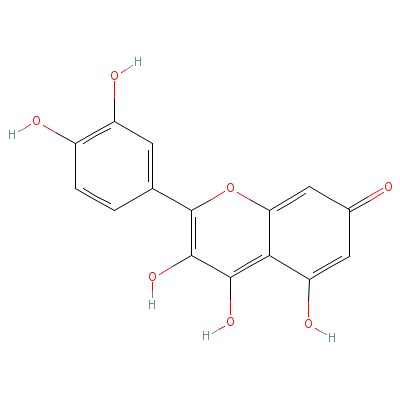
|
| Quercetrin |
522-12-3 |
2-(3,4-dihydroxyphen
yl)-4,5-dihydroxy-3-
(3,4,5-trihydroxy-6-
methyl-tet
rahydropyran-2-yl)ox
y-chromen-7-one |
C21H20O11 |
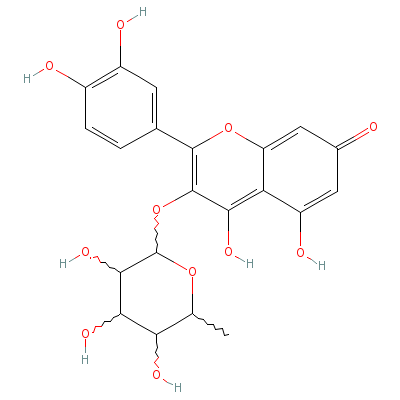
|
| Fisetin |
Not available |
2-(3,4-dihydroxyphen
yl)-3,4-dihydroxy-ch
romen-7-one |
C15H10O6 |
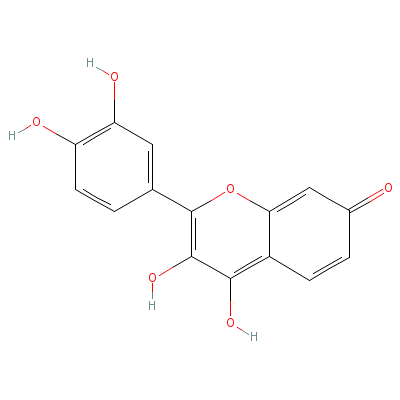
|
| Acetaldehyde |
108-62-3 |
2,4,6,8-tetramethyl-
1,3,5,7-tetraoxocane |
C8H16O4 |

|
| Formaldehyde |
8013-13-6 |
formaldehyde |
CH2O |
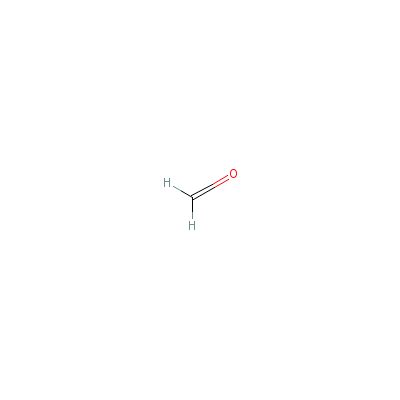
|
| Gallic acid |
149-91-7 |
3,4,5-trihydroxybenz
oic acid |
C7H6O5 |
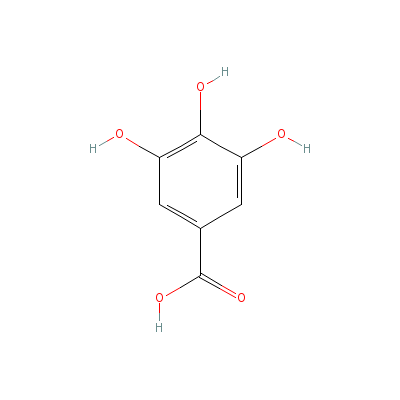
|
| Isorhamnetin |
480-19-3 |
3,4,5-trihydroxy-2-(
4-hydroxy-3-methoxy-
phenyl)-chromen-7-on
e |
C16H12O7 |
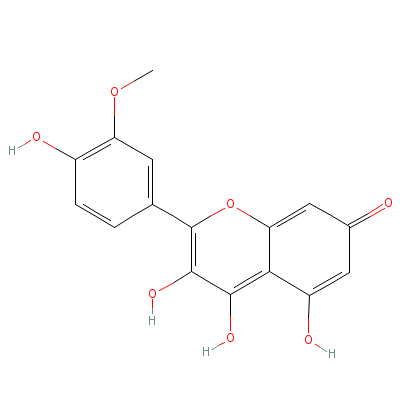
|
| Kaempferol |
80714-53-0 |
3-[3-[4,5-dihydroxy-
6-(hydroxymethyl)-3-
[3,4,5-trihydroxy-6-
(hydroxyme
thyl)oxa
n-2-yl]oxy-oxan-2-yl
]oxy-4,5-dihydroxy-6
-(hydroxymethyl)oxan
-2
-yl]oxy-4,5-dihy
droxy-2-(4-hydroxyph
enyl)-chromen-7-one |
C33H40O21 |
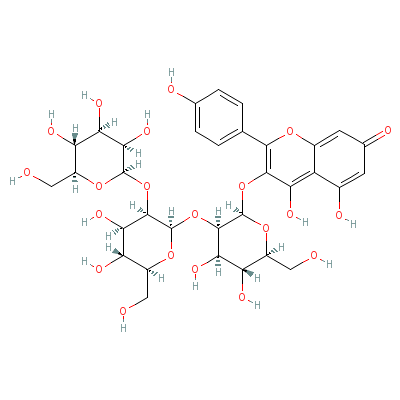
|
| Procyanidin |
4852-22-6 |
2-(3,4-dihydroxyphen
yl)-2-[2-(3,4-dihydr
oxyphenyl)-5,7-dihyd
roxy-chrom
an-3-yl]
oxy-chroman-3,4,5,7-
tetrol |
C30H26O13 |
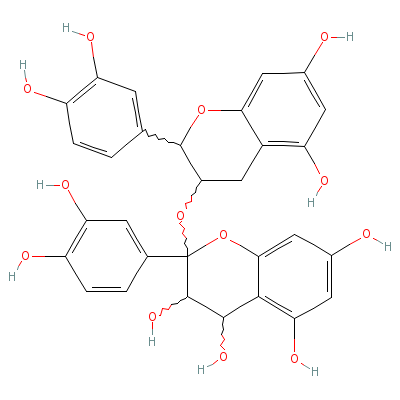
|
| Quercetagetin |
90-18-6 |
2-(3,4-dihydroxyphen
yl)-3,4,5,6-tetrahyd
roxy-chromen-7-one |
C15H10O8 |
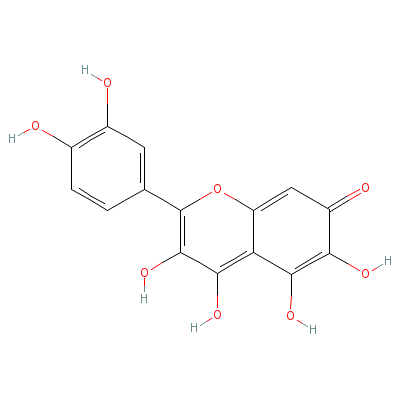
|
| Rutin |
Not Available |
2-(3,4-dihydroxyphen
yl)-4,5-dihydroxy-3-
[3,4,5-trihydroxy-6-
[(3,4,5-tr
ihydroxy
-6-methyl-tetrahydro
pyran-2-yl)oxymethyl
]tetrahydropyran-2-y
l]
oxy-chromen-7-on
e trihydrate |
C27H36O19 |
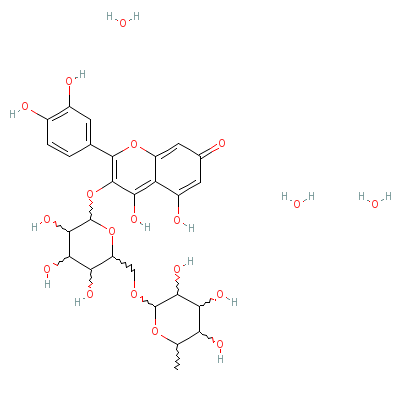
|
| Tannin |
1401-55-4 |
Not Available |
C27H22O18 |
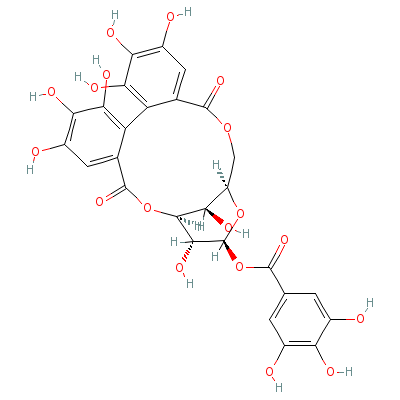
|
| Taxifolin |
98006-93-0 |
(2R)-2-(3,4-dihydrox
yphenyl)-3,5,7-trihy
droxy-chroman-4-one |
C15H12O7 |
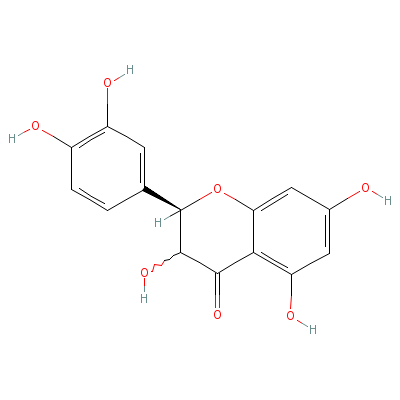
|
|
Pharmacology
| Medicinal Use |
 |
|
Leprosy (root decoction. leaf. bark and fruit); in skin diseases and ulcers, chronic diarrhea, bleeding of the uterus and nose, mucosal discharges (such as leucorrhea) and hoarseness, gonorrhea (flowers), rheumatism and tooth ache (root), asthma, bronchitis, chest pain, sore in mouth (plant). |
| Contraindication |
 |
|
Do not take for more than two to three weeks at a time without a break.
Do not take if suffering from kidney inflammations. |
| Reference |
 |
|
 Chandel et al., Biodiversity in Medicinal and Aromatic Plants in India. Chandel et al., Biodiversity in Medicinal and Aromatic Plants in India.
Johnson T. CRC Ethnobotany Desk Reference.
Nadkarni AK. Indian Materia Medica Vol.1.
Sharma, Classical Uses of Medicinal Plants.
Uniyal et al., Medicinal Flora of Garhwal Himalayas. |
Dealers
Products
|
|